Thinking about the meaning behind formulas
builds the strengths for solving word problems.

KIWAMI Math
It's not just about repeating calculations!
Thinking about the meaning behind formulas nurtures the imagination skills that lead to building up the strengths for solving word problems!
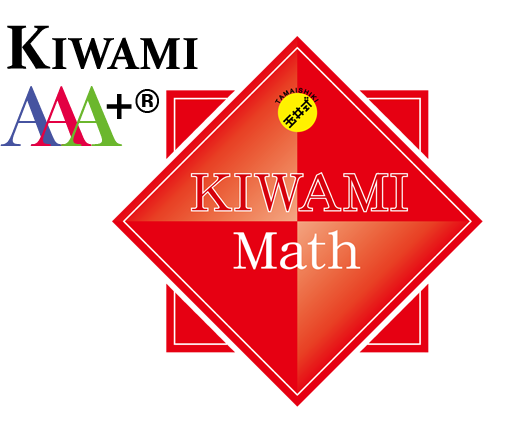
 KIWAMI Math
KIWAMI Math
Features
Thinking about the meaning of formulas nurtures imagination skills.
Build up reading comprehension skills and
enjoy studying with the Tamaishiki original animations.

Thinking about the meaning of the formulas.
Formulas have their own meanings. For example, the “Remainder” in arithmetic; children who studied KIWAMI Math will be able to visualize the meaning of “Remainder”.


High quality introductions, hints and commentaries in animations.
Watching the explanatory animation of “how to think” nurtures the strength of thinking, rather than memorizing calculation formulas.


Long text questions to strengthen reading comprehension
There will also be long text questions in arithmetic. Students will be trained to think about the meaning and answer the questions, instead of just picking up numbers and making calculations. There is also a "read-aloud function" that reads the text to you, so even if you are not familiar with reading texts, you can work on it comfortably.
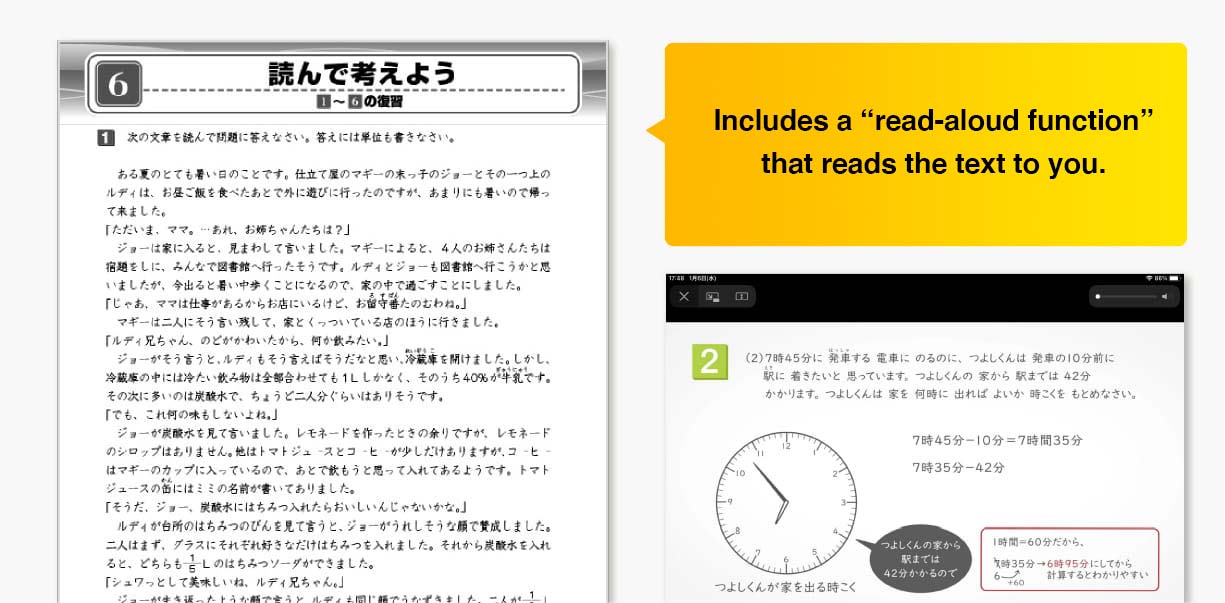
Graded Materials not Based on School Year
Because the grades of not based on the school years they can learn according to the level of their understanding.
"KIWAMI AAA+" has adopted a performance-based progression system that allows students to challenge themselves regardless of their grade or age; starting from the 10th level then moving on to the next level once their skills are firmly established. Similar to a game, the joy of progressively clearing stages and increasing levels will challenge children and encourage their academic curiousity. Additionally, students can review and pre-study according to their own level of understanding and proficiency, They are also given confirmation tests from "Check your knowledge" and "Step up" so that they can check their retention ability as they progress.
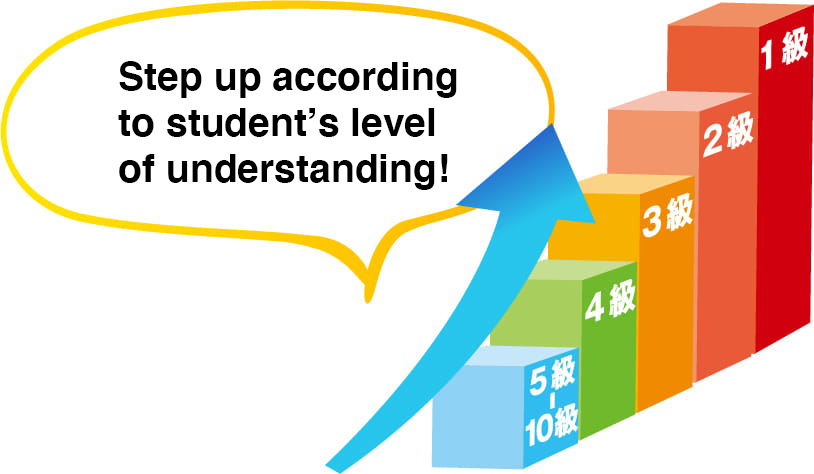
By separating "shapes" and "algebra" as two fields, students can learn math systematically.
The mathematics curriculum at elementary schools is all covered by the KIWAMI Shapes and the KIWAMI Math. To study algebra effectively, thinking about the meaning behind formulas rather than just repeating the simple iterative calculations helps make solving easier. Aside from that, visualizing the solution process also builds up the strength of reading comprehension. KIWAMI Math is not only a material that fosters existing performance but also builds up more abilities required for future study.
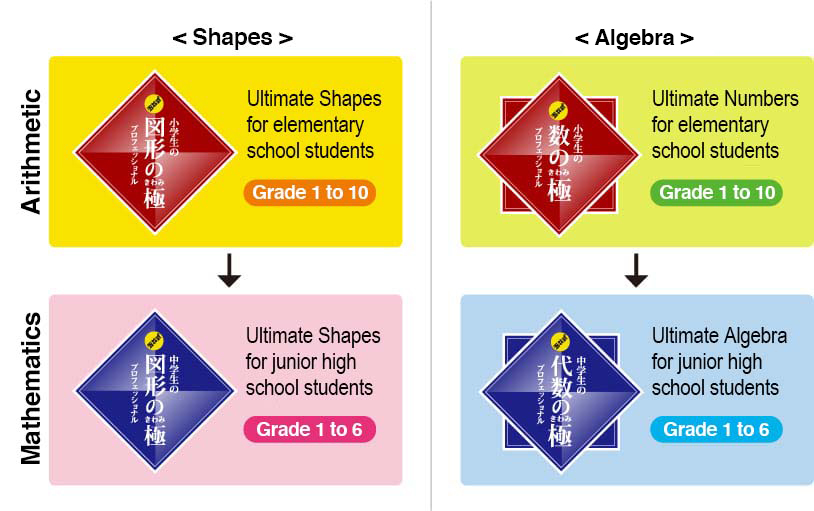
Tablet × Textbook
Hybrid Learning
The "AAA" in "KIWAMI AAA+" respectively represent "AI (Artificial Intelligence)," "Animation" and "AR (Augmented Reality)". The "+" symbolizes the textbook, which will be used in addition to the "AAA". Using our app and website, students will be able to learn math with integrated lessons taught by a teacher and accompanied by an animated video that makes studying easier and more fun. Furthermore, students will also repeatedly review the contents of their textbook, making their study sessions more effective.
-
AI
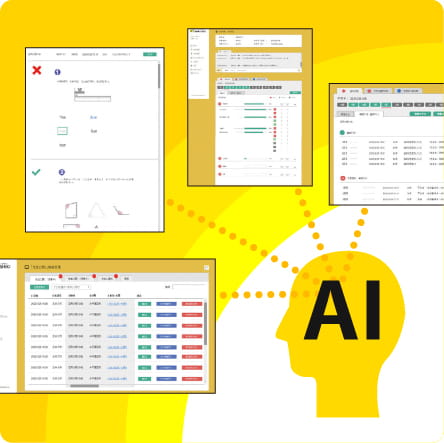
-
Animation
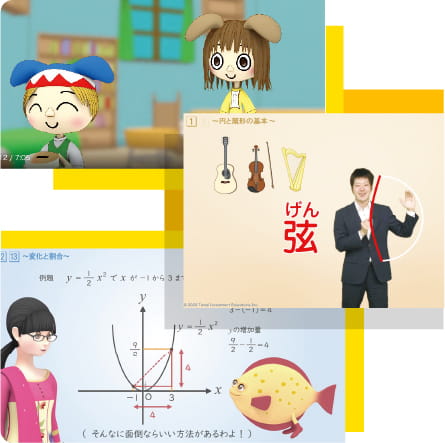
-
AR
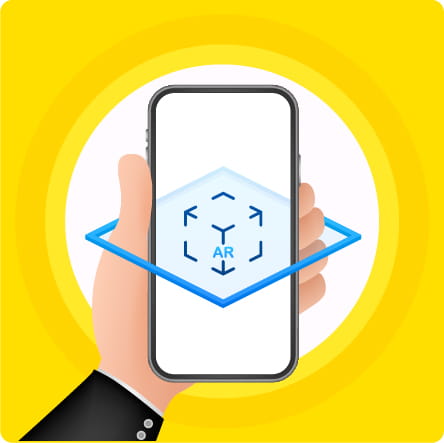
-
+Text
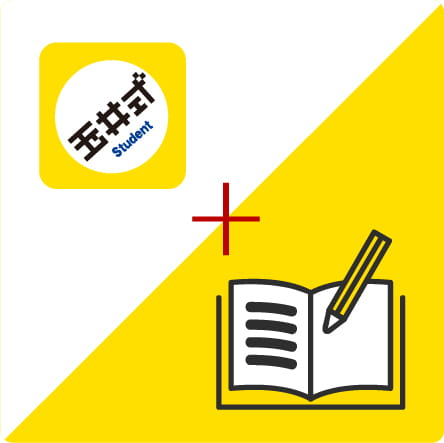
-
AI AI will accumulate data about students' learning process
The AI analyzes each student's strengths and weaknesses, which will be utilized to customize problems. One example of this being used is the review problems to step up to an upper level. The longer they use the app, the more personalized it will be.
-
Animation Study while watching animation
Introduction, hints, and explanations for problems integrate real-life teachers and animations in videos.
-
AR AR is utilized to foster imagination
Two-dimensional shapes will turn 3D through the tablet's camera. Being able to move and look at the shape from every angle helps visualize shapes in the mind.
-
+Text App + Textbook
Contents of the textbook are integrated into the app for iPad. We have an app version and a website version. (AR function and "play with shapes" can’t be used in the website version.)
-
Spiral Learning
By using this system, students will repeatedly work on similar problems and gradually start to challenge harder questions as they continue in their studies. In the end, students will become capable of solving complex problems. This trains them to work out the structure of a problem and solve it, even if they haven't memorized the formulas.
Effective Way to Use KIWAMI AAA+
Utilize hybrid learning by using both the textbook
and the app in tandem to make studying much more time-efficient.
-
Start the "app" you want to learn from and choose "textbook"
Log into KIWAMI AAA+ with your own account.
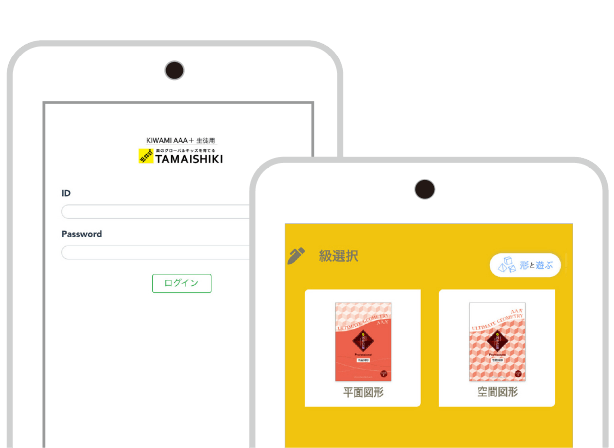
-
Choose the "field" you want to study
Once a textbook is chosen, a list of fields will appear.
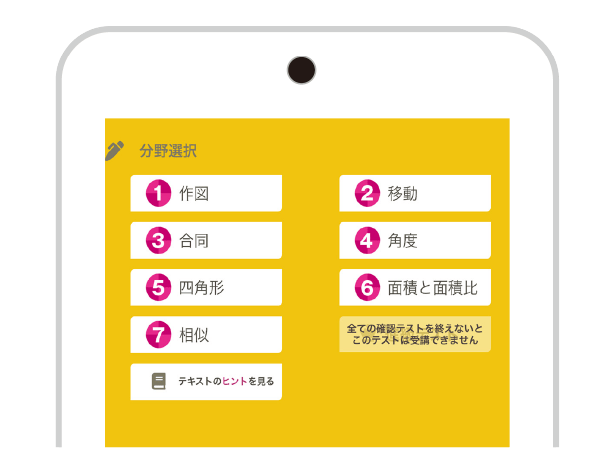
-
Choose the "unit" you want to study
Once you have chosen a field, next choose a unit to study. A learning progress is shown for each unit. If all the progress turns into 100%, you can take the "Check your knowledge test".
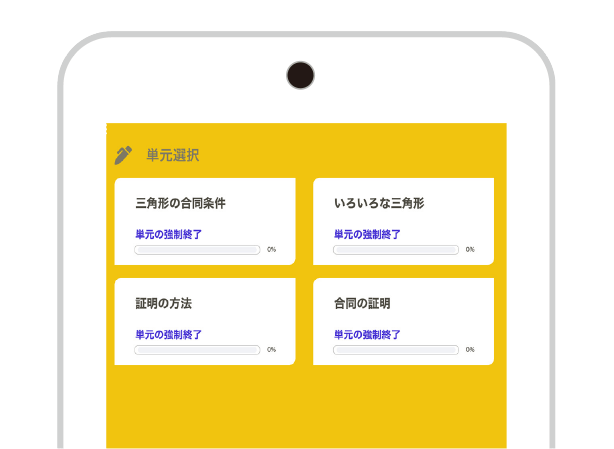
-
Watch the introduction videos and challenge the problems in the app
When starting a new unit, try solving the problems right after watching the introduction video. Please start with the ones in the app. Videos for "hints" and "explanation" are also available.
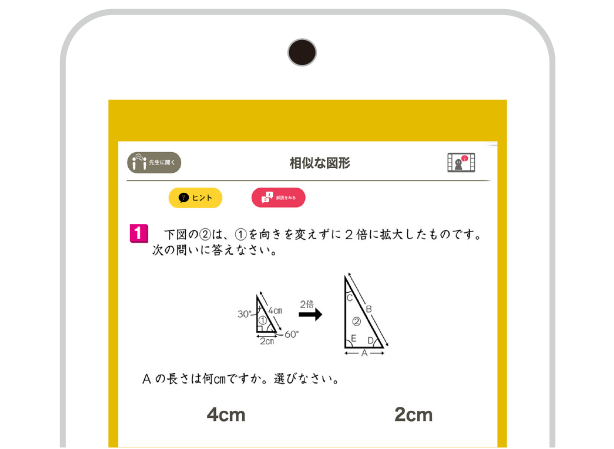
-
Review the field you studied using the textbook
You will be writing directly in the textbook for this step. By taking time to fill notes in your textbook physically, knowledge will be further reinforced.
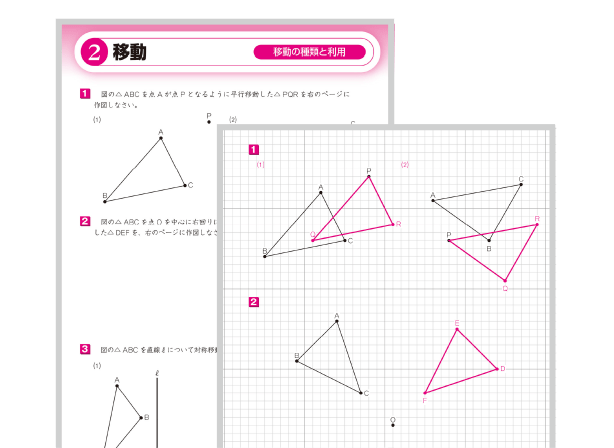
-
Challenge the "Check your knowledge" test, and the "step up" test
Take a "Check your knowledge” test for each field. Once you pass all of the "Check your knowledge” test you can take the "Step up" test. For the "Step up" test, Artificial Intelligence will pick and ask about problems the students have struggled with in the past. If you pass this personalized test for you, off you go to the next grade!
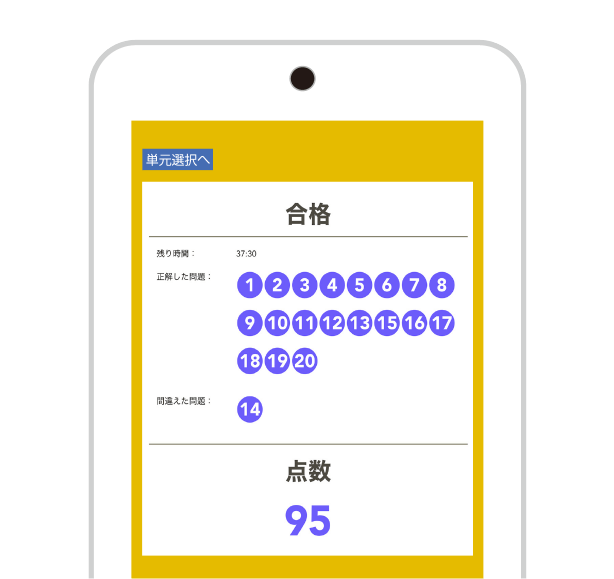
FAQ
About KIWAMI Math
Where can I study "KIWAMI Math"?
Please contact your nearest tutoring school, elementary school, after-school care, or kindergarten. You can check it in "Serch for Tutoring Schools".
The contents that are taught seem fairly hard. Can children understand the contents without being left behind?
The curriculum is designed for selecting the grade according to the children's proficiency; not grades at school. They can study at their own pace and build their knowledge and ability comfortably.
